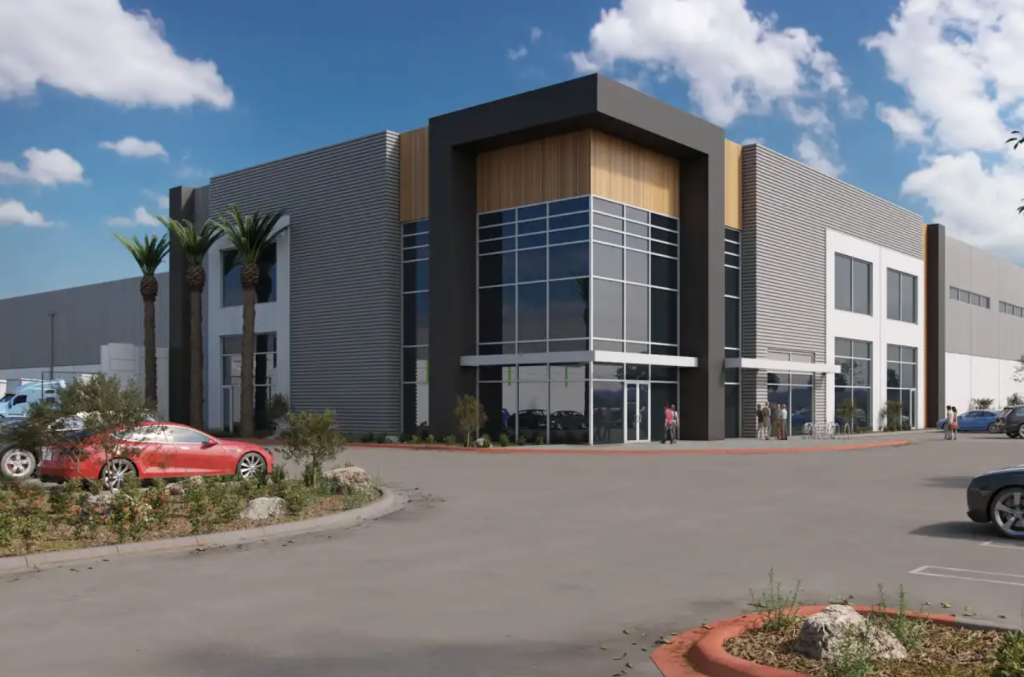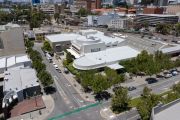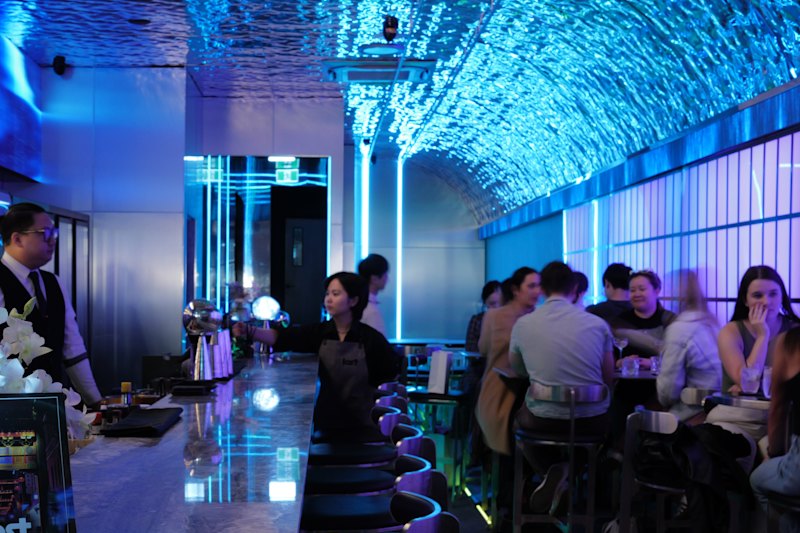
Supply chain squeeze driving up warehouse demand: Goodman
Surging demand for warehouse space as companies scramble to stockpile goods amid a global supply chain squeeze has given logistics giant Goodman the confidence to begin building a $650 million state-of-the-art industrial estate in Los Angeles without a single tenant locked in.
“We’re seeing big customers wanting more redundancy [in their warehouses] as they want to store more goods because of the disruption in supply chains, which is changing week by week,” Goodman chief executive Greg Goodman told The Australian Financial Review.
“How long it goes on, only time will tell. It’s such a big shock, such a big disruption that it will take a while to find alternative solutions.”
Mr Goodman said rental growth was “in the main” taking care of any inflationary pressures coming from the rising cost of commodities like steel and concrete, which are the building blocks for Goodman’s warehouses.
With its near $10 billion pipeline of projects located in the world’s gateway cities where e-commerce demand is highest, Mr Goodman said the group was benefiting from big customers (Amazon is its biggest) wanting more space in good locations as they deal with the global supply chain ructions.
This growing demand has given Goodman the confidence to begin building its Fullerton estate on a “cleaned up” former manufacturing site about a 30- minute drive from Downtown LA.
Packed with the latest sustainability features and modern infrastructure (such as electric vehicle charging stations) the four-building campus will when it is finished next spring offer 150,000 square metres of prime logistics facilities to businesses seeking to provide same-day delivery to a catchment of 20 million residents with $215 billion in annual spending power.
Anthony Rozic, CEO of Goodman North America, said he was confident its new Fullerton Estate would be fully leased before completion next year.
“Based on the preliminary enquiries we could lease this estate two times over,” Mr Rozic told the Financial Review.
“There’s over 120 million metres of warehouse space in Los Angeles and only a 1 per cent vacancy rate. Industrial space is extremely rare and we’re confident that there is pent-up demand from occupiers.”
Mr Rozic, who guided Goodman’s $4.5 billion American business through the worst of the pandemic, said major disruptions to supply chains in the US had occurred early to mid last year, but most of those had “smoothed over to a large extent”.
The disruptions had created the need for customers to diversify their manufacturers and how they sourced their products, so there were alternatives.
“It’s created an opportunity to look for new solutions and allowed a lot of organisations to focus on supply chain efficiencies.”
This has delivered benefits to Goodman Group, which is rapidly building to $60 billion of assets under management as it works with some of the world’s biggest retailers, wholesales and third-party logistics providers.
“We’ve done half a million square metres’ new leasing deals in China, our biggest ever quarter,” Mr Goodman said.
“We’ve had a record year of work in Europe and in Australia.”
He said a big focus was on the regeneration of old sites and creating innovative developments while reducing Goodman’s carbon footprint.
At Goodman’s Fullerton project in Los Angeles, 95 per cent of materials recycled on site will be used as part of the new construction, which will be carbon neutral.
“We want to be good corporate citizens,” Mr Goodman said.











